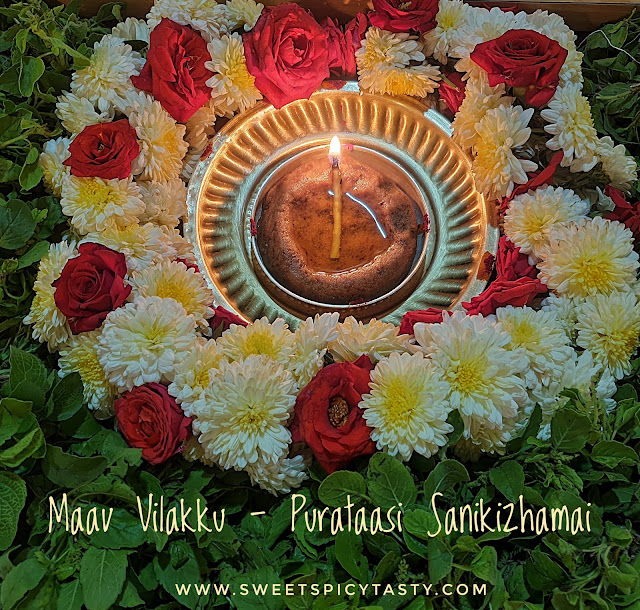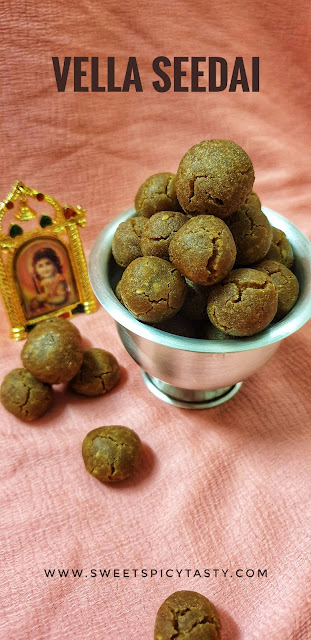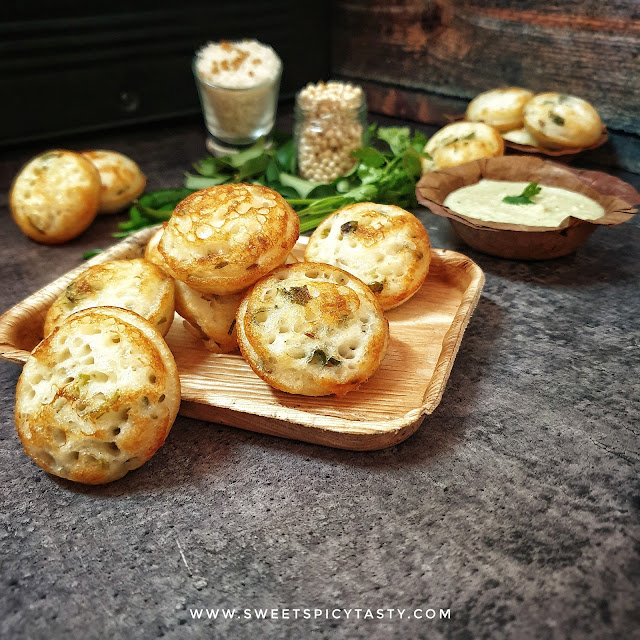Pizza is the most loved quick bite that's enjoyed by all ..Be it kids or adults ,there is something in Pizza that makes it everyone's favorite.
Kids find the long string of hot melted cheese while they take a bite as an attraction while elders love the various toppings that are used on the Pizza to make it tasty and enjoyable .
As much as many consider pizza as a junk food or a overload of fat due to cheese,I would say we can make it really healthy by using the whole wheat or multi grain pizza base , loads of vegetables and very minimal cheese or no cheese at all .
One of the best ways to get the kids eat as much as veggies as possible. I keep trying various toppings and this time I used even some grated carrots and it was a very nice welcome change.
Nowadays markets are flooded with a variety of ready made pizza base breads and I was super impressed with the thin crust multigrain base which I have used in the recipe. Though we can bake our own pizza bread at home, for sudden pizza cravings I pick up the pizza base from the nearby organic store.
Cheese was used very minimally and a mix of cheddar and mozzarella from my favorite brand Amul . Amul is a very famous brand which is widely used in India and known for its superior quality of diary products ,ice creams and chocolates.
This flavor packed and tasty pizza was prepared for the World Street Food Theme on our food group Shhh Cooking Secretly Challenge. I was partnered with the amazing blogger Preethi who was also the host for this month's theme. She gave me the secret ingredients Oregano and Tofu while I gave her Yeast and icing sugar with which she has made delicious Firi Firi .
Cooking Time - 5 to 10 mins
Complexity - easy
Serves - 2 to 3
Ingredients
1/2 cup finely chopped assorted bell peppers
1/4 cup boiled sweet corn
1 medium onion chopped
100 gms tofu /paneer diced into cubes
1 medium carrot finely grated
Chilli flakes
Oregano flakes
1/4 cup tomato sauce / pizza sauce
50 gms grated mozzarella cheese
50 gms grated cheddar cheese
Method
- Take a pizza base , spread some sauce over and layer it with some cheese.
- Add the toppings one by one as you wish .
- Sprinkle Chilli flakes and Oregano all over the toppings .
- Spread some more cheese as you like.
- Place the pizza base on a heated tava/griddle ,and roast on slow flame until the cheese on top melts .
- Cut into wedges and serve hot .




















































